Back to the bunker: Inside York's Cold War relic
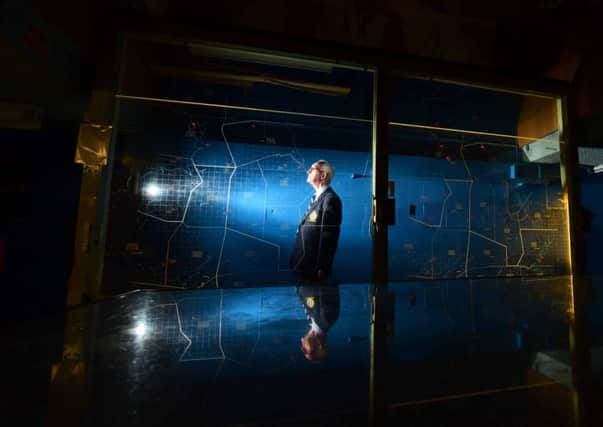

And today, to mark ten years of York’s Cold War Bunker being open to the public, members of the Royal Observer Corps (ROC) and former bunker staff were back at the site to share memories of their time there.
Jim Millington was the bunker’s last Group Commandant when it was stood down in 1991.
Advertisement
Hide AdAdvertisement
Hide AdHe had been at the site, in Acomb, since 1968, when he’d been transferred from a bunker in Yeadon, near Leeds Bradford Airport.
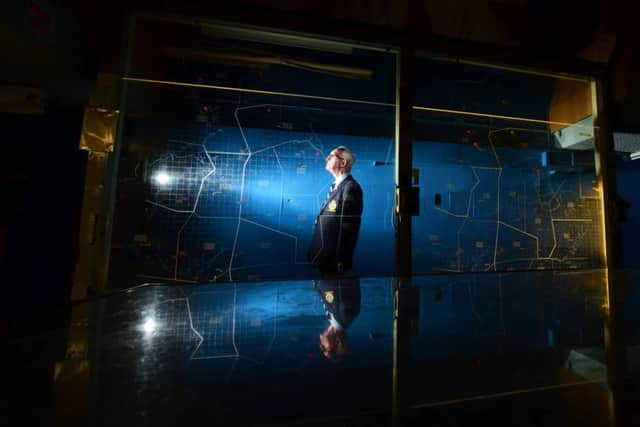

The York bunker had opened seven years earlier, a year before the Cold War really took grip with the Cuban Missile Crisis, when the United States came nervously close to war over a Soviet missile launch site established in Cuba, just 90 miles from US shores.
Back then, the West seemed gripped by nuclear fear, just over 15 years since atom bombs were dropped on Hiroshima and Nagasaki.
The atmosphere did not escape those working at the Cold War Bunker.
Advertisement
Hide AdAdvertisement
Hide AdA British Telecom engineer by day, My Millington, now 82 and living in Leeds, would be at the bunker most evenings and weekends, with large scale training exercises taking place every few months.
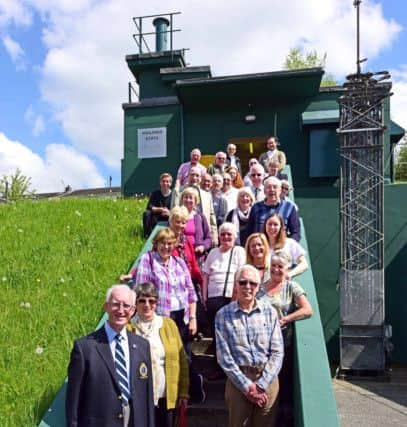

He said: “At the time people were very conscious of the Cold War and the implications of it.
“People have asked me in more recent years, ‘did you take the whole thing seriously?’, but of course we did.”
In total, there were 550 ‘spare time’ staff under his control, along with a full-time deputy and 13 officers.
Advertisement
Hide AdAdvertisement
Hide AdThe ROC’s main tasks at York included keeping contact with 40 monitoring stations across North, East and West Yorkshire, and ensuring all the volunteers were fully trained incase the worst did happen.
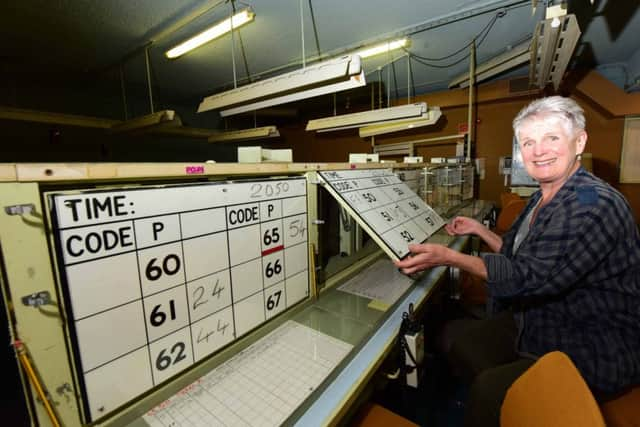

In the event of a nuclear bomb being dropped, it would be up to them to provide vital information on the size and location of bombs - as well as staying inside the 3ft thick walls for 30 days before cautiously determining what was left behind outside.
Like some of his colleagues, Mr Millington had “mixed feelings” when the decision was made to close its doors for good in 1991.
He was there, ten year later, when English Heritage opened them up again for the first time.
Advertisement
Hide AdAdvertisement
Hide Ad“It was a bit dusty, but everything was in tact,” he said. “We spent several months with English Heritage collecting all the bits and pieces to make it like it was when we were working here. Now it’s as if nothing has changed inside since the day it was built.”
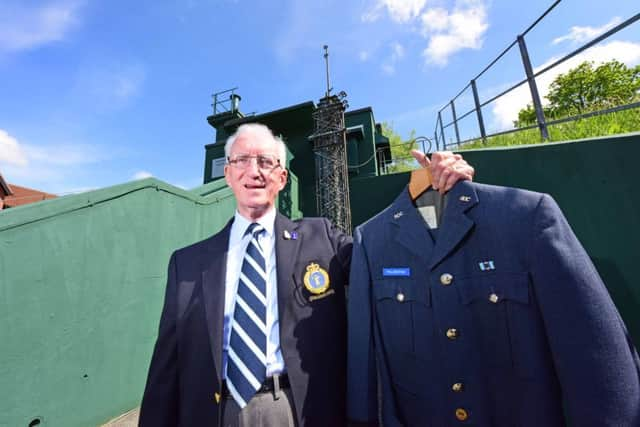

Hanging in the Officers’ Room is Mr Millington’s uniform, and inside everything from the dormitories and canteen to the atmospheric Operations Room where nuclear fallout could be plotted using maps and monitoring equipment remains as it was.
Site manager Rachael Bowers said English Heritage were indebted to the ROC volunteers for sharing the “human stories” of life in the bunker.
She said: “They were generous with their donations – uniforms, paperwork, and other objects – but most importantly they were generous with their time.
“They showed us how the building worked, what they were trained to do in a nuclear attack and told us the stories which bring the history of York Cold War Bunker to life.”